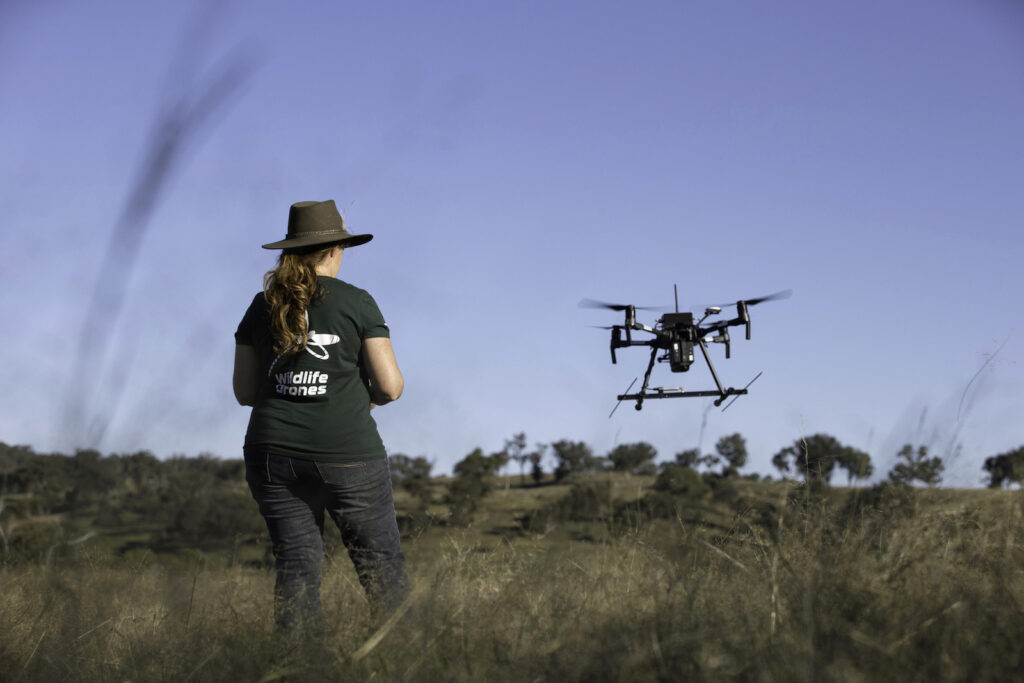
Insights: 3 bio-inspired drones
3 bio-inspired drones that amaze us!
As payload technology continues to evolve, more and more researchers are turning to drones to undertake wildlife monitoring. RGB cameras and thermal imaging are making aerial mapping easier than ever before; Wildlife Drones’ unique radio-telemetry system is helping clients to monitor animal behaviour more quickly and with less effort; and new aerial seeding technology is helping to improve habitat restoration.
But innovation isn’t restricted to drone payloads. In fact, there is a whole new suite of bio-inspired drone platforms coming onto the market that has unique features inspired by birds. Here are three of them.
1. Flapping drones
As the name suggests, new ‘Robirds’ are robotic birds, made to look and fly just like birds. They’ve primarily been designed for smart wildlife management, and are used to sustainably reduce bird populations in agricultural areas, airports, ports and landfill, by deterring birds from entering the area. By doing so, these drones help to minimise collision strikes at airports and reduce crop damage from pest birds.
There are several of these drones on the market, including Aerium Analytics’ RoBird and Eagle Eye Solutions’ Flapping Wing Falcon.

2. Spy drones
Going undercover isn’t just for human spies! A whole new generation of bird spy drones has come onto the market, based on the concept of ‘biomimicry’. Biomimicry involves studying the features of animals (such as their bone and muscle structures) that lead them to have certain characteristics and using this inspiration to improve—or build new—technology.
For example, AeroVironment took inspiration from the hummingbird to develop a tiny ‘nano air vehicle’ for the U.S. Department of Defense’s Defence Advanced Research Projects Agency (DARPA). The drone looks just like a hummingbird, and weighs a remarkably small 19 grams! And just like a hummingbird, the nano-drone uses only its wings for propulsion and can move in any direction. With a wingspan of just 16cm, it’s capable of gathering surveillance footage in difficult-to-reach areas.

3. Perching drones
One of the main drawbacks of current drones is that they are fairly limited in where they can take off and land. By comparison, birds have a remarkable ability to land on complex surfaces. After all, no two branches are alike!
Recently, however, a team of engineers at Stanford University has created a perching bird-like robot called the ‘stereotyped nature-inspired aerial grasper’ (SNAG), which is based on the legs of a peregrine falcon. When attached to the base of a drone, this device enables the drone to latch onto irregularly shaped objects, like tree branches, by transforming impact energy into a grasping force. Then, once the SNAG’s ‘claws’ are wrapped around the branch, its ‘ankles’ lock into place to hold the drone steady.

There are numerous potential applications for this technology, ranging from bushfire surveillance, and search and rescue, through to environmental monitoring.
If you’d like to find out more about how Wildlife Drones is shaping the future of drone technology and environmental monitoring, check out our website today.


